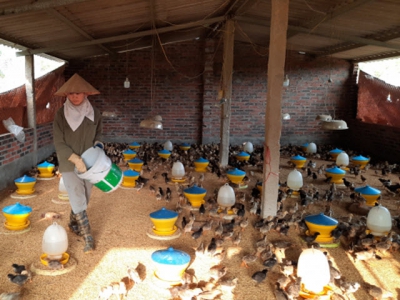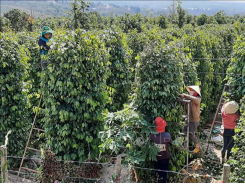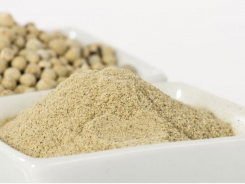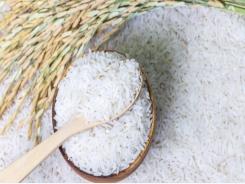Household husbandry adapting to chain production link

Reaffirming the role of household husbandry in the livestock industry, Deputy Minister of Agriculture and Rural Development Phung Duc Tien stated that this sector needs to be transformed in accordance with the new movement.
Household husbandry still has an irreplaceable role in the livestock industry. Photo: Nguyen Huan.
At the MARD’s online conference to review the implementation of support policies to improve the efficiency of household husbandry in the 2015-2020 period and the proposal for the 2021-2025 period (hereinafter referred to as Decision 50) taking place on June 11th, Deputy Minister of Agriculture and Rural Development Phung Duc Tien emphasized that husbandry plays a very important role in agriculture and that household husbandry still occupies an unaltered position with the livestock industry.
The first achieved result is the breed, as at present the methodical livestock breed system is established. In husbandry, breed determines productivity and quality, and currently, over 80% of Vietnam's pig breeds are foreign pigs, and colored feathered chicken breeds reach an output of 400 million, having a very strong influence, or in the dairy field, the successful farming of cows by TH Group in Nghe An - the land of Laos wind, with a yield of 7-8 tons is a very important contribution in terms of breeds and science and technology.
In accordance with Deputy Minister Phung Duc Tien, with a rate of over 50%, in the future, household husbandry will still be an important driving force to promote the development of the livestock industry, ensuring food security, nutrition security and food safety, creating jobs, stabilizing rural areas, maintaining economic and political stability for the country.
However, in the next period, according to Deputy Minister Phung Duc Tien, there should be changes in line with the inevitable laws and development trends of society. That is linking production in a chain, linking into a new type of cooperative, developing organic agriculture and circular agriculture in a sustainable way, especially the origin of household livestock products must be traceable.
Additionally, it is necessary to promote the application of digital transformation and science and technology to export livestock products, thereby contributing to the successful implementation of the livestock industry’s development strategy for the 2021 - 2030 period, with a vision to 2045.
“Household husbandry in the coming period needs to be more professional in the terms of products. It should focus on unique and indigenous products in the direction of sustainability and high efficiency. It is necessary to classify livestock products into 3 axes: national, regional and OCOP. These high-yield products will be planned into national products. Hybrid products will be oriented to regional development, specialties and endemics to develop OCOP products with geographical indications and processes ensuring food safety and hygiene criteria. Moreover, household husbandry also needs to ensure environmental factors," stated Deputy Minister Phung Duc Tien.
Upon proposing the MARD to continue to request the Government to maintain support policies for household husbandry, Mr. Nguyen Huy Dang, Deputy Director of Hanoi Department of Agriculture and Rural Development, affirmed that household husbandry contributes greatly to the achievements of the capital's livestock industry leading the country in terms of scale and total herd. However, according to Mr. Dang, to well sustain and develop household husbandry, apart from developing in a closed chain, it is necessary to well maintain the basic veterinary system. It would be very difficult to control the diseases timely without this system because the disease situation on livestock and poultry is becoming more and more complicated as it is at present.
According to the Livestock Production Department, after 6 years of implementing Decision 50 to support household husbandry, all 63 provinces and cities have developed and issued guidelines to execute the decision in a separate or integrated direction. To be specific, 48/63 provinces and cities (accounting for 76.1%) issued their own guiding documents to implement the project.
Related news
Tools

Phối trộn thức ăn chăn nuôi

Pha dung dịch thủy canh

Định mức cho tôm ăn

Phối trộn phân bón NPK

Xác định tỷ lệ tôm sống

Chuyển đổi đơn vị phân bón

Xác định công suất sục khí

Chuyển đổi đơn vị tôm

Tính diện tích nhà kính

Tính thể tích ao



 Planting cinnamon for export
Planting cinnamon for export  EU allocates tariff quota on Vietnamese rice under…
EU allocates tariff quota on Vietnamese rice under…